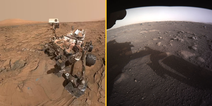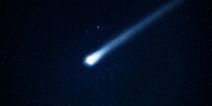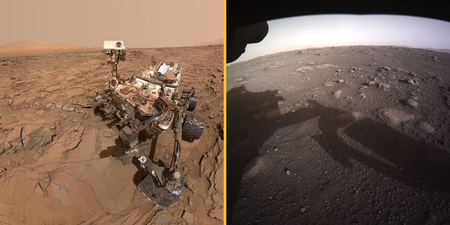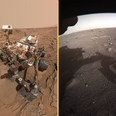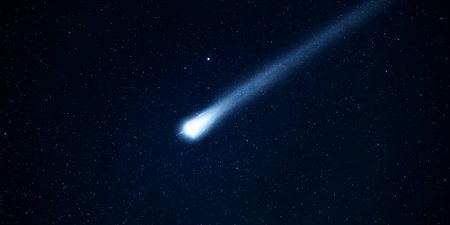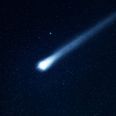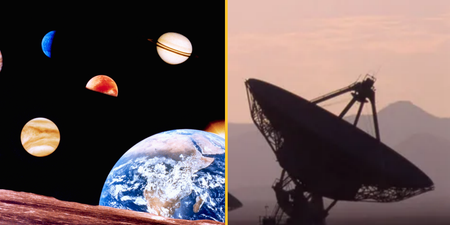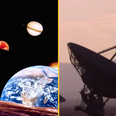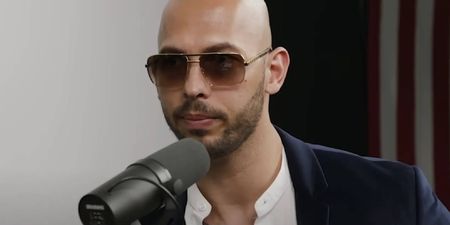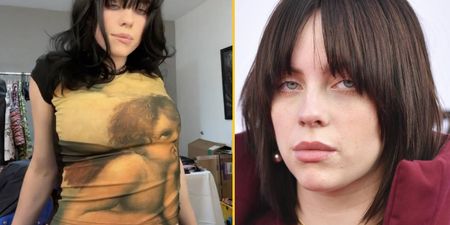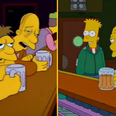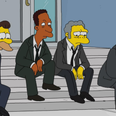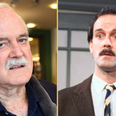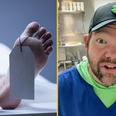There is light and the end of the tunnel, well in this case, a black hole
A black hole is a colossal cosmic event that is often depicted in film and TV as the last hurdle for space travellers to overcome. But the reality is often glossed over, and in actual fact, black holes are actually much cooler than they are shown on the big screen.
In a scientific first, the light at the other end of a black hole has been seen. Most black holes are formed from the remnants of large dying stars that explode into supernovas. When the surface reaches the event horizon, time stands still, and the star can collapse no more – it is a frozen collapsing object. Due to their gluttonous nature, black holes swallow literally everything, including light, which means seeing any form of light is technically impossible.
https://twitter.com/CityBlogger123/status/1420405611812900864
However, a new study used an unusual effect where light is echoed around the black hole, meaning scientists can see it from the other side. The detection came after scientists analysed X-rays from a black hole in another galaxy 800million light-years away.
Said X-rays arrived in a strange pattern. After the initial flaring rays, there would be smaller ones to arrive that carried in colours. Stanford University astrophysicist Dan Wilkins said it appeared that the rays were being reflected from the other side of the black hole.
In 2019, scientists at the Event Horizon Telescope revealed the first-ever image of a black hole. Now, the team has released an updated version — this time revealing how the supermassive black hole looks in polarized light. pic.twitter.com/ull8AG7OUr
— Seeker by The Verge (@Seeker) July 21, 2021
“Any light that goes into that black hole doesn’t come out, so we shouldn’t be able to see anything that’s behind the black hole,” he said in a statement.
“The reason we can see that is because that black hole is warping space, bending light and twisting magnetic fields around itself.”
Though such ideas were speculated in Einstein’s theory of relativity, such circumstances have never made themselves known until now.
“I’ve been building theoretical predictions of how these echoes appear to us for a few years,” said Wilkins. “I’d already seen them in the theory I’ve been developing, so once I saw them in the telescope observations, I could figure out the connection.”
Related Links:
-
NASA is giving SpaceX $178 million to launch its mission to Jupiter moon that could hold alien life
- Billionaire Jeff Bezos has launched himself into space
-
A volcanic eruption on Mars could help us find life on the planet

